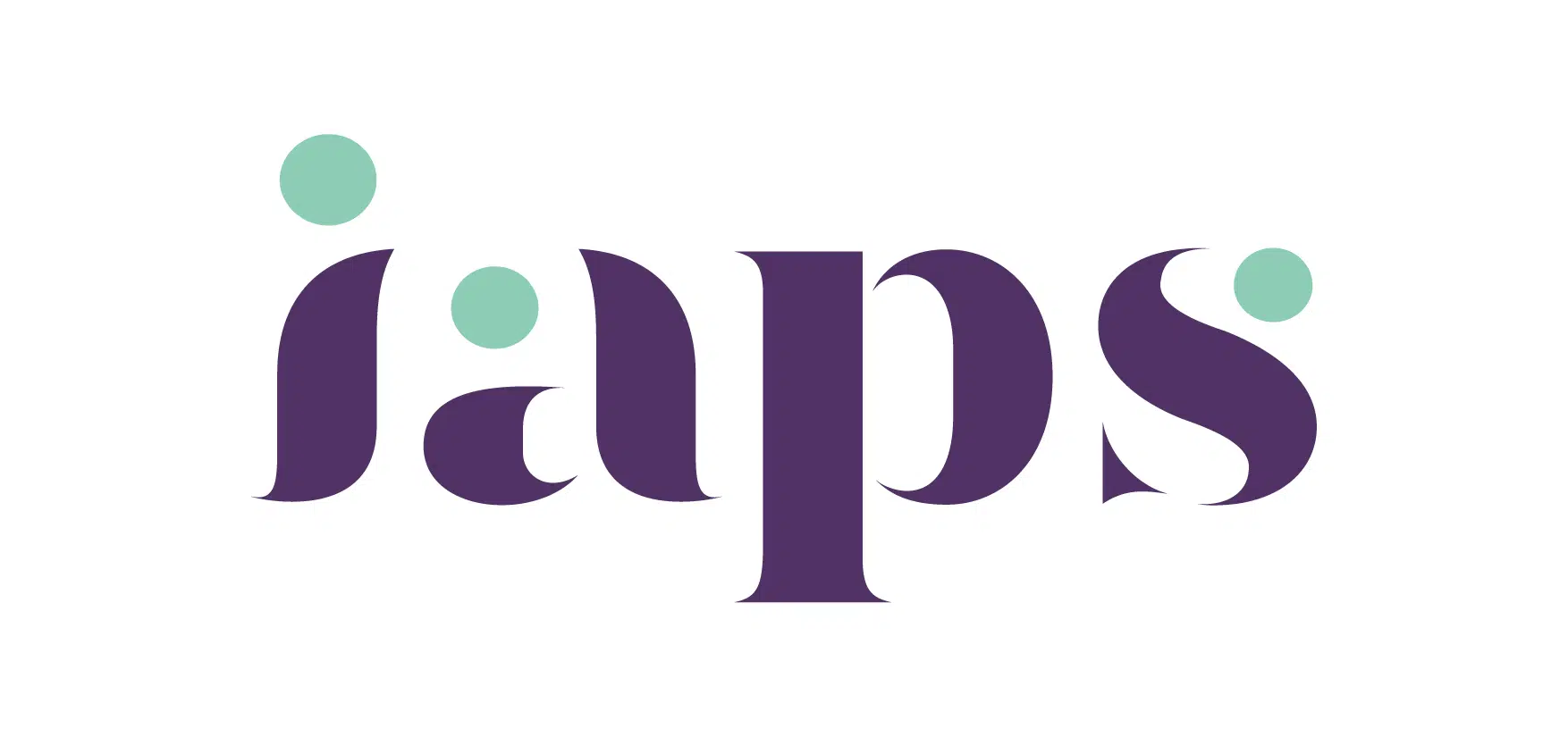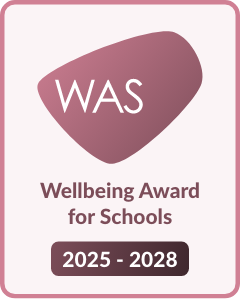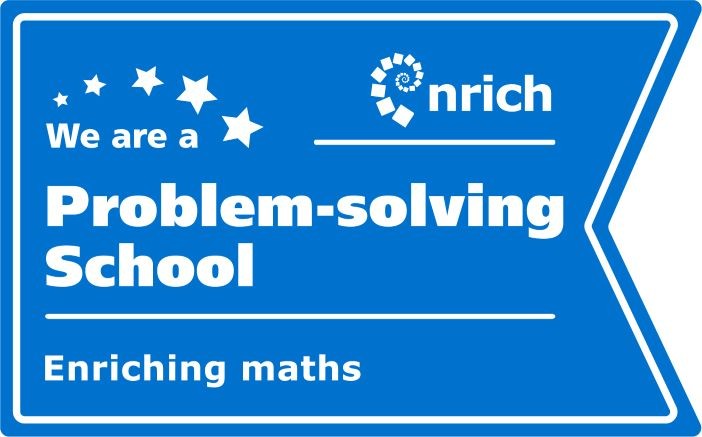As part of SEL (Social Emotional Learning) at Solefield we have introduced the Zones of Regulation. This is an internationally recognised curriculum which we have implemented across the whole school to help students identify their emotions and learn how to regulate them.
What are the Zones?
The Zones of Regulation is the original framework and curriculum (Kuypers, 2011) that develops awareness of feelings, energy and alertness levels while exploring a variety of tools and strategies for regulation, prosocial skills, self-care, and overall wellness. This curriculum provides a straightforward way to think and talk about how we feel on the inside and sort these feelings into four coloured Zones.

The Four Zones
The Blue Zone is used to describe low states of alertness, such as when one feels sad, tired, sick, or bored. This is when one’s body or brain is moving slowly or sluggishly.
The Green Zone is used to describe a calm state of alertness. A person may be described as happy, focused, content, or ready to learn when in the Green Zone. This is the zone students need to be in for schoolwork or for being social. Being in the Green Zone shows control.
The Yellow Zone is also used to describe a heightened state of alertness and elevated emotions. However, one has some control when they are in the Yellow Zone. A person may be experiencing stress, frustration, anxiety, excitement, silliness, the ‘wiggles’, or nervousness when in the Yellow Zone.
The Red Zone is used to describe extremely heightened states of alertness and intense emotions. A person may be elated or experiencing anger, rage, explosive behaviour, devastation, or terror when in the Red Zone. Being in the Red Zone can best be described by not being in control of one’s body.
The zones can be indicators of what to do to regulate behaviours - Green is good to go, Yellow can mean slow down or take warning, being in the Red Zone means someone must stop and regain control. Being in the Blue Zone means you need to rest and recharge.
It is important to note that there are no ‘bad’ or ‘good’ zones. All of us will experience one of the zones at one time or another.
Using the Zones
Once students understand their feelings and recognise the zones they are in they can learn to use tools/strategies to manage their behaviours and meet goals like doing schoolwork or other tasks, managing big feelings, and have healthy relationships with others.
At Solefield, students are encouraged to ‘check in’ with their emotions and think about which zone they are in, throughout the school day. They do this by using posters and displays which help them communicate their zone. This encourages them get into the habit of considering their emotions and behaviours on a regular basis and helps teachers support them with regulating their behaviour.
The simple, common language and visual structure of The Zones of Regulation helps students recognise and express how they are feeling. They also learn to create their own ‘toolbox’ of strategies to help them manage their behaviour in different situations. At Solefield, we hope using this language and curriculum will lead to students having better self-esteem and overall wellbeing.

Example of a Zones of Regulation Display at Solefield

Example of a ‘check in’ area at Solefield
Our boys' wrote lovely poems about their emotions; here are two from our Year 8 pupils:
ANGER
By Barney E, 8C
Anger is a crimson red – like an open wound.
It is the pitch-black midnight which deceives you.
It is the swirling blizzards of December.
Anger is an impeding tornado that ruins your life.
It is a ferocious, deafening drum that rattles your skull.
It is the oven burning; hot and blistering.
Anger is a shark waiting under the surface, ready to pounce.
It is the spicy inferno after eating a chilli.
It is a ruthless, volcanic landscape.
Anger is a stopwatch that will go off at any time.
Anger is a force that shouldn’t be reckoned with.
Pride
By Alex W, 8C
A shining gold,
Like the sun on a summery day.
A moment of joy, when you wake up
On a Saturday morning.
The start of summer
As everything gets warmer.
It’s the end of the rain
And the start of the rainbow.
Like your own fireplace,
No matter where you go you feel warm.
An energetic dog, it gives you comfort
And good memories for years.
Pride is a gift.
But all gifts have a bad side to them.
The balloon could pop.
The fire could be blown out.
The dog could die.
The gold could lose its shine.
It could all fall apart.








